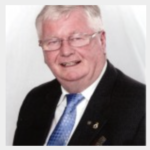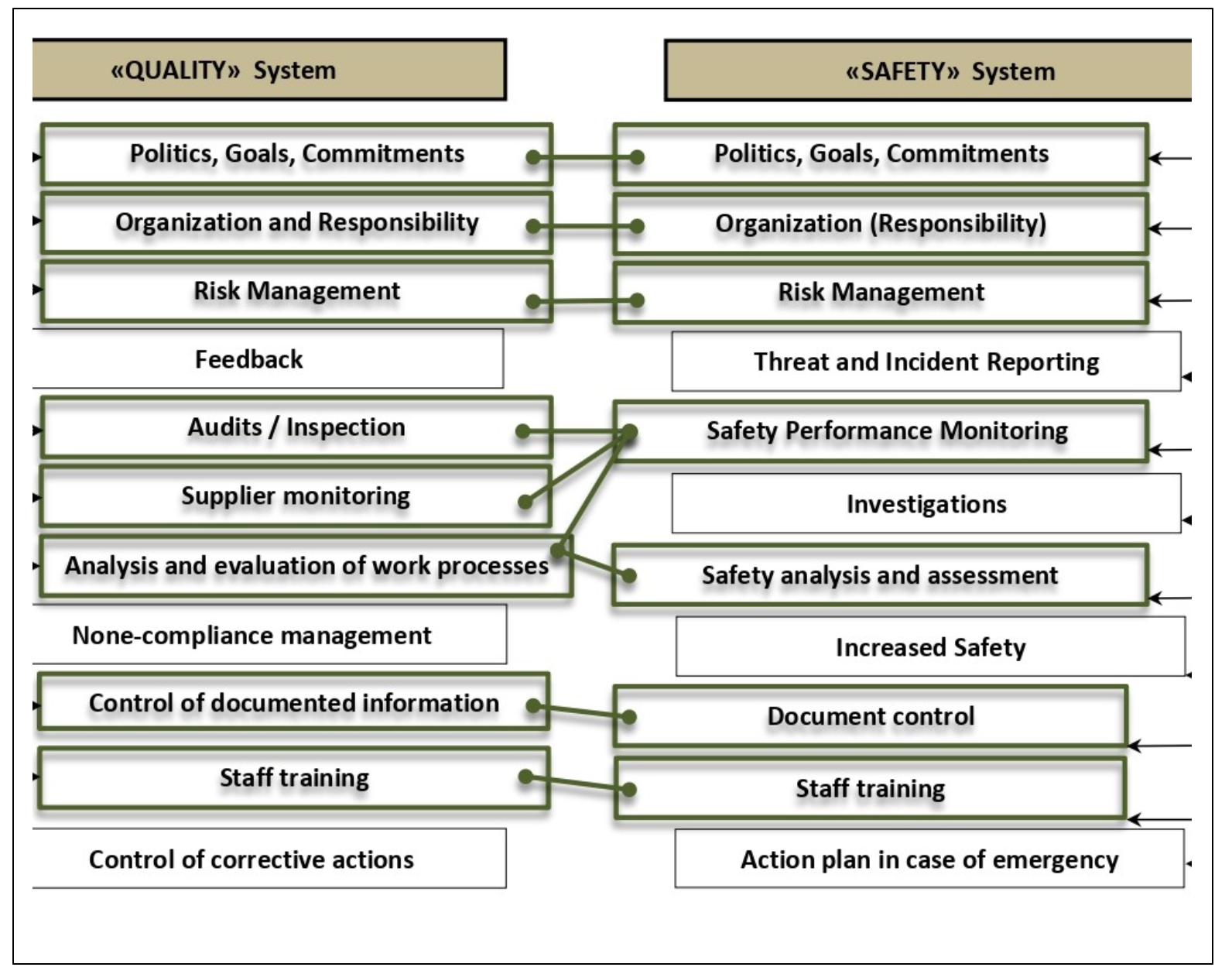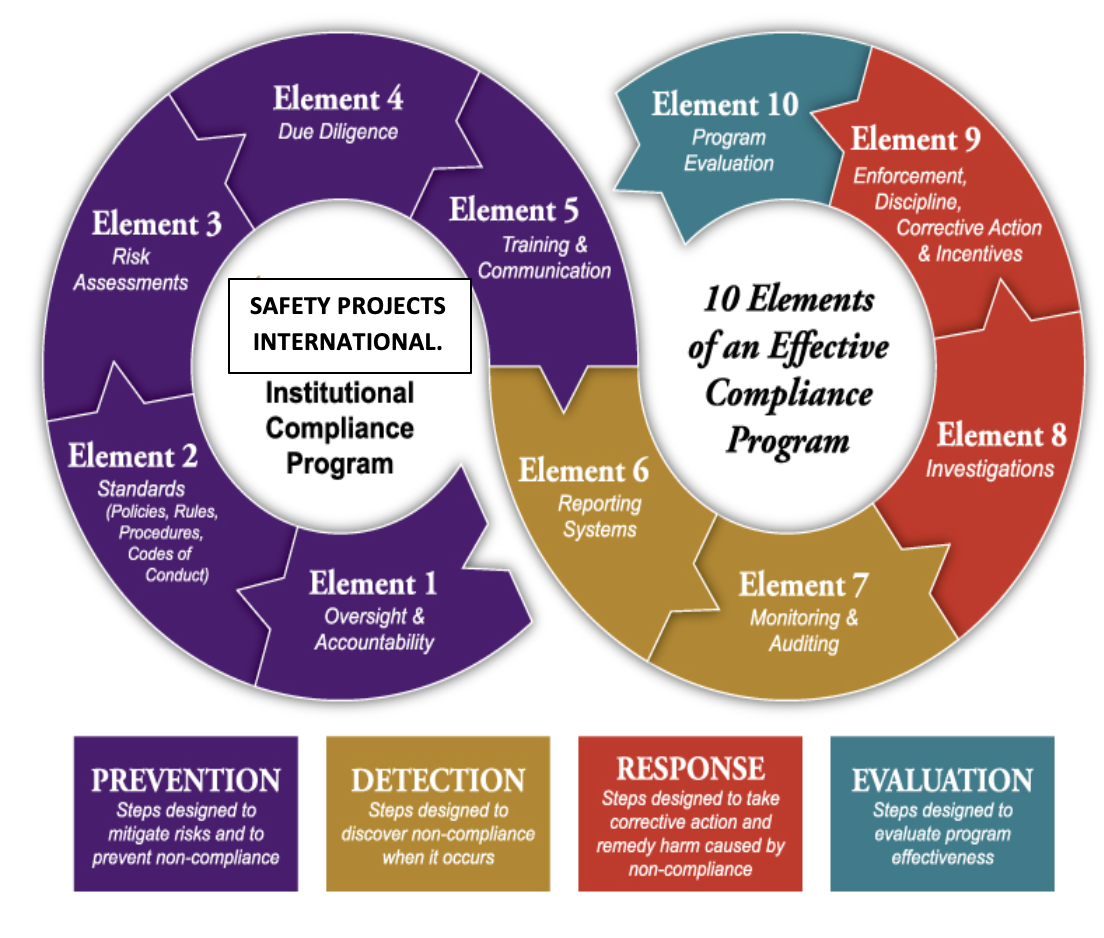 Compliance management is getting more challenging. Not only are legislators and governments around the world imposing more regulations, but the expectations placed on compliance leadership to management expanding scope of compliance oversight is growing every day. The periphery of compliance–including ethics, diversity, ESG, and risk management–ask to sever more of compliance leaders who are seeking to best manage, scale, and address compliance demand efficiently and effectively.
Compliance management is getting more challenging. Not only are legislators and governments around the world imposing more regulations, but the expectations placed on compliance leadership to management expanding scope of compliance oversight is growing every day. The periphery of compliance–including ethics, diversity, ESG, and risk management–ask to sever more of compliance leaders who are seeking to best manage, scale, and address compliance demand efficiently and effectively.
Compliance management scattered on ensuring that an organization is aligned to and conforms to applicable laws, regulations, and organization alethic, standards, and policies. Yet, the best compliance program so do more than just align an organization to the letter of the law or specific legal requirements.
They have the capacity to demonstrate that an organization is well-run, ethical, can be trusted by its employees, customers, partners, community, and regulators. When compliance programs are seen as beyond the specific safety regulation and reflect an organization’s commitment to responsible business practices, ethical cultures, and organizational integrity, they become a vehicle for sustained growth and profitability.
Holistically, an organization’s compliance program helps facilitate and represent the organization’s workplace culture, values, and reputation, as well as its broad business risks. Noncompliance and its potential to harm relationships with employees, partners, customers, and the market is a significant risk that should be viewed within the scope of an organization’s risk management approach. And as part of a broader GRC program, with deep connections across governance, risk management, and compliance, program leaders can gain unprecedented risk visibility, reporting, and actionability. In an increasingly volatile world, best practices necessitate increased data sharing, centralized management, and program performance measures and accountability.
Mission, Vision, and Values.
For the past 10 years, I have been a director of Moose Consortium, with responsibilities for OHS&E, I also drafted Our mission, Vision & Values as the very first step to be signed by every member of the board.
The Mission of Moose is to create valued solutions for both Customers and shareholders of the National Capital Region of Canada to create valued solutions for rail industry challenges using our people, processes, and technologies, and delivering operational and service excellence.
Values drive our actions: They identify the behaviors and ideals we believe are important to the success of our company, and embraces three primary values:
1) Results—We deliver on our promises to create value for the passenger rail industry through talented people, good ideas, business leadership and great technology.
2) Collaboration—We collaborate with our teams and our customers to get the job done, respecting individual ideas and contributions, and moving forward in pursuit of shared goals
3) Service—We serve the changing needs of our customers and our industry to enhance the value they bring to our community, the environment, and our economy.
Our Vision and Values
Our vision is to realize Moose’s tremendous potential by providing transportation services that consistently meet our customers’ expectations.
A vision statement is only as good as the people who work to bring it to life each day. To live the vision, employees embrace a set of shared values:
- Listening to customers and doing what it takes to meet their expectations
- Empowering one another, showing concern for our colleagues’ well-being and respect for their talents and achievements
- Continuously improving by striving to do the right thing safely and efficiently
Success in living our Vision & Values is evident when we fulfill the highest expectations of our four key stakeholder groups and when:
- Our customers find it easy to do business with us as they receive 100 percent on-time, professional service, accurate and timely service, and the best transportation value.
- Our employees work in a safe and secure environment, are focused on continuous improvement, share in the opportunity for personal and professional growth available to all team members and take pride in their company.
- Our owners earn financial returns that exceed other railroads and the general market because of our superior revenue growth and operating ratio and a return on invested capital that is greater than our cost of capital.
- The communities we serve benefit from our sensitivity to their interests and to the environment in general, our adherence to the highest legal and ethical standards, and the participation of our company and our employees in community activities.
Be Proactive in Managing Compliance and Ethics
An organization’s readiness to handle compliance issues is critical as it may impact organizational strategies, employee morale and retention, reputation, brand value and profitability. To that end, successful businesses need to be proactive in terms of establishing compliance controls and processes, defining accountability, and centrally managing compliance programs so they are easily accessible to all stakeholders. Being proactive also requires compliance professionals to collaborate with other departments – risk management, legal, HR, and audit – to best manage compliance processes, controls, templates, and timelines. This approach gives the compliance team comprehensive visibility into organizational compliance performance and requirements, so they can perform regular or ad-hoc assessments to minimize violations and enforcement actions.
Adopt and Communicate an Ethical Profile
An ethical workplace culture with defined standards and expectations helps an organization operate effectively and efficiently. The foundation of an effective ethics and compliance program is a strong and well-communicated code of conduct, which may most closely represent organizational standards, values, and culture through core policies, procedures, and behavioral expectations. When the organization has multiple subsidiaries, or third parties spread across divisions and geographies, code and policy development should consider local cultures, customs, and sensitivities to ensure applicability and commitment. This helps minimize gaps or loopholes in compliance practices.
Automated tools can add further value by simplifying the process of policy development, approval, distribution, attestation, and management.
Train Employees on Compliance Policies
Organizations cannot fully comply with regulations if its employees do not follow organizational policies and procedures. Investing in employee training as regulatory changes and policy updates necessitate is a best practice. Employees need to understand and commit to the organization’s culture and its ethical boundaries, and depending on specific roles and locations, to additional compliance requirements. Technology plays an important role in the creation, legal alignment, learning management systems, tracking, and validation of ethics and compliance training. Many organizations must deliver multiple compliance training courses to align with applicable regulations.
Integrate Hotlines with the Compliance Program
Many organizations have made whistleblower hotlines available to employees to enable them to report ethical and compliance concerns, including unethical behaviors, harassment, corruption, fraud, discrimination, and other episodes of misconduct. In the United States, any publicly traded company is required to have a hotline in place, as well as the compliance management tools necessary to manage investigations, review and close cases, and to transparently demonstrate ethical and equitable enforcement.
Adopt a Risk-Based Approach to Compliance Management
A risk-based approach to compliance and ethics management involves identifying, scoring, and surfacing high priority risks within the organization. As a best practice, risk-based compliance programs enable organizations to capture, consolidate, and centralize risk management based on standards, controls, and measures. By applying a risk-based approach across the business, GRC professionals can both showcase best practices in spotlighting the most severe compliance risks from across the business and demonstrate actions taken to actively reduce issues, violations, investigations, and fines. Based on the risk rating, organizations can effectively plan control testing, protect the organization from compliance risks, and ensure program defensibility.
Most hotlines enable anonymous reporting and follow up, along with the means to triangulate reporting and data. Integrating hotlines with the company’s compliance program is a best practice – even where it’s not legally required – to help identify and manage conduct issues, as well as to assure employees of a responsive and non-retaliatory approach to hotline reporting.
Few organizations can comply with rules and regulations overnight while adapting to a continuous stream of new regulations. Compliance is a mix of science and art, with obligations to align an organization to a dynamic and complex regulatory environment and an ability to define and enact policies and procedures that ensure a positive culture of ethics and compliance. By leveraging solutions built to streamline regulatory adaptation, policy development, training, and issue management, an organization can deliver exceptional compliance programs that can express its values and commitment to ethics into its reputation, market, community, and regulatory environment. A strong compliance program is a strategic investment that pays both qualitative and quantitative dividends. This is the goal of well-run programs.
Bio:
Dr. Bill Pomfret of Safety Projects International Inc who has a training platform, said, “It’s important to clarify that deskless workers aren’t after any old training. Summoning teams to a white-walled room to digest endless slides no longer cuts it. Mobile learning is quickly becoming the most accessible way to get training out to those in the field or working remotely. For training to be a successful retention and recruitment tool, it needs to be an experience learner will enjoy and be in sync with today’s digital habits.”
Every relationship is a social contract between one or more people. Each person is responsible for the functioning of the team. In our society, the onus is on the leader. It is time that employees learnt to be responsible for their actions or inaction, as well. And this takes a leader to encourage them to work and behave at a higher level. Helping employees understand that they also need to be accountable, visible and communicate what’s going on

